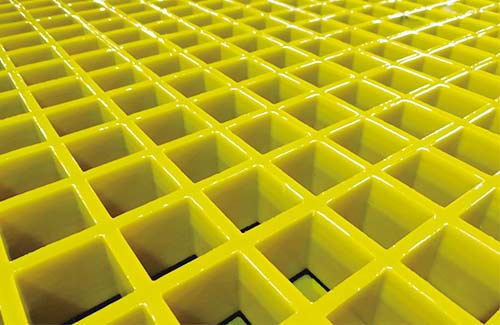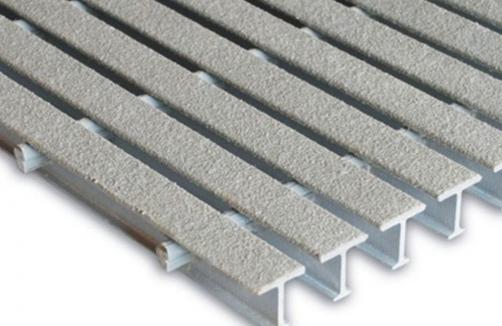FRP Grating Compared to Steel Grating: A Comprehensive Analysis
When it comes to selecting the right grating material for industrial applications, facility managers and engineers often face a critical decision: should they opt for FRP (Fiberglass Reinforced Plastic) grating or traditional steel grating? Both materials have their unique advantages and disadvantages, and the choice depends on various factors such as durability, cost, weight, and environmental conditions. In this comprehensive analysis, we will explore the key differences between FRP and steel grating, addressing common questions that help in making an informed decision.
What Is FRP Grating?

FRP grating is a composite material made from fiberglass reinforced with plastic. It is known for its lightweight nature, corrosion resistance, and high strength. FRP grating is commonly used in applications where traditional steel grating may not be suitable, such as in chemical plants, marine environments, and electrical installations.
What Is Steel Grating?
Steel grating, on the other hand, is made from steel bars woven or welded together to create a durable and robust surface. It is widely used in construction, industrial flooring, and pedestrian walkways due to its strength and affordability. However, steel grating is susceptible to corrosion and can be heavy, making it less ideal for certain applications.
Key Differences Between FRP and Steel Grating
Durability and Corrosion Resistance
One of the primary advantages of FRP grating over steel grating is its exceptional corrosion resistance. FRP does not rust or corrode, making it ideal for environments exposed to chemicals, saltwater, or harsh weather conditions. Steel grating, while durable, can deteriorate over time due to corrosion, requiring regular maintenance and coatings to extend its lifespan.
Weight and Load-Bearing Capacity
FRP grating is significantly lighter than steel grating, which makes it easier to install and handle. Despite its lightweight nature, FRP grating can withstand heavy loads, making it suitable for industrial applications. Steel grating, while strong, is heavier and may require additional support structures, increasing installation complexity and cost.
Cost and Maintenance
The initial cost of FRP grating can be higher than steel grating, but it often results in lower long-term costs. FRP grating requires minimal maintenance and has a longer service life, reducing replacement and repair expenses. Steel grating, while initially more affordable, may incur higher maintenance costs due to its susceptibility to rust and corrosion.
Environmental Impact
FRP grating is an eco-friendly option as it is recyclable and does not contain harmful chemicals. Steel grating, although recyclable, may release toxic substances during the corrosion process, making it less environmentally friendly. Facility managers looking to reduce their carbon footprint may prefer FRP grating for its sustainability benefits.
Common Questions About FRP and Steel Grating
Which Material Is Better for Marine Environments?
FRP grating is the clear winner for marine environments due to its excellent corrosion resistance and ability to withstand saltwater exposure without degradation. Steel grating, while durable, can rust and deteriorate quickly in such conditions.
Can FRP Grating Be Used in Electrical Installations?
Yes, FRP grating is a safe and non-conductive option for electrical installations, making it ideal for environments with high voltage and electrical hazards. Steel grating, being conductive, poses safety risks in such applications and is not recommended.
Is FRP Grating More Durable Than Steel Grating?
In terms of longevity, FRP grating outperforms steel grating. Its resistance to corrosion, UV radiation, and chemical exposure makes it a more durable option for long-term use. Steel grating, while strong, requires regular maintenance to prevent rust and corrosion.
Sharing Insights
When it comes to choosing between FRP and steel grating, it’s essential to consider the specific requirements of your application. FRP grating offers superior corrosion resistance, lower maintenance, and environmental benefits, making it an excellent choice for industrial and marine environments. Steel grating, while more affordable upfront, may lead to higher long-term costs due to its maintenance needs. By evaluating these factors, facility managers can make an informed decision that enhances safety, durability, and cost-efficiency.
In conclusion, both FRP and steel grating have their unique strengths and weaknesses. Understanding the differences between these materials can help in selecting the right option for your specific needs, ensuring long-term performance and reliability.







